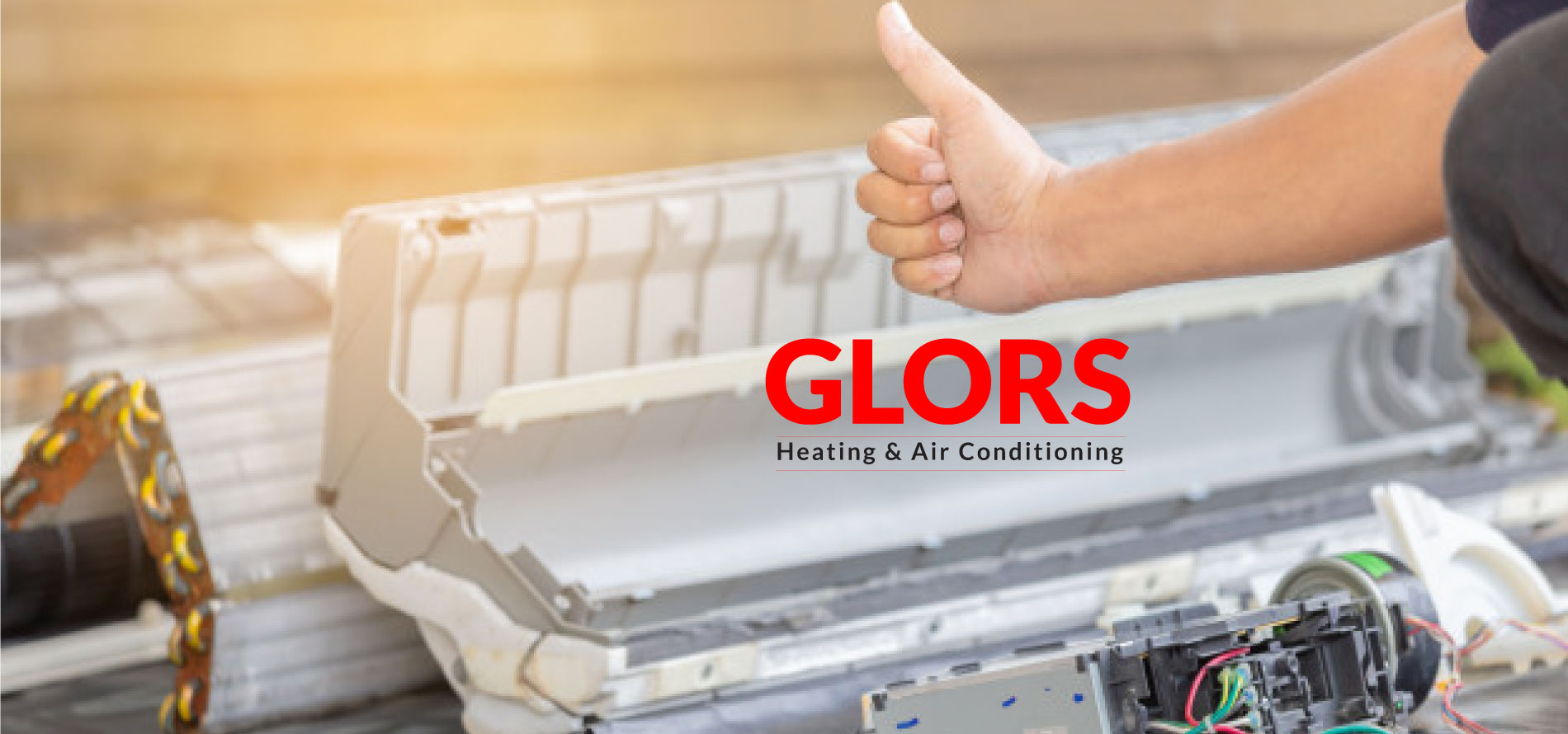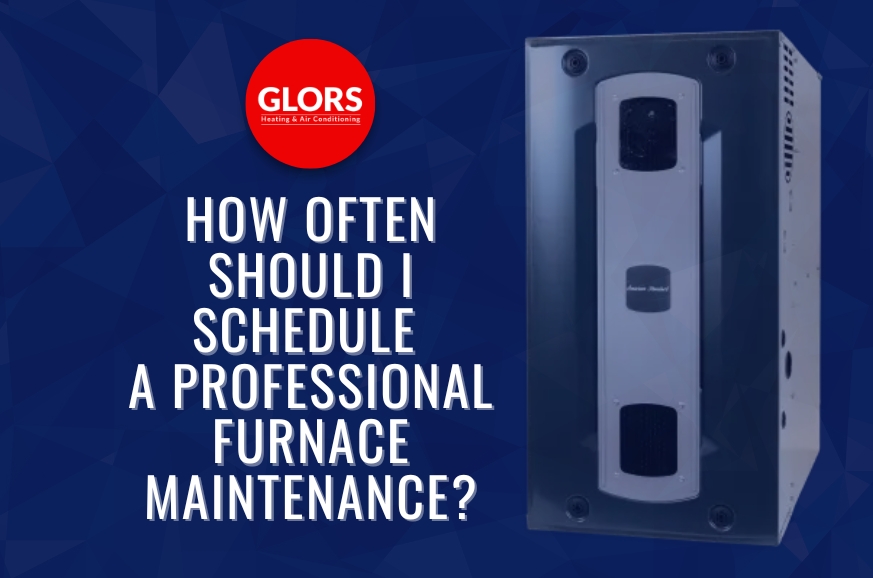maintenance Task:
During a professional maintenance visit, a certified technician will typically perform a comprehensive set of tasks, including:
-
Inspection: Thoroughly examine the furnace for any signs of wear, leaks, or potential issues.
-
Cleaning: Clean the furnace components, including the burner assembly, heat exchanger, blower, and other vital parts. This removes dirt, dust, and debris that can hinder performance.
-
Filter Replacement: Check and replace air filters. Clogged filters restrict airflow, reducing efficiency.
-
Lubrication: Lubricate moving parts to reduce friction and prevent excessive wear and tear.
-
Testing Controls: Test and calibrate the system's controls, ensuring they function properly and maintain the right temperature.
-
Inspecting Venting System: Ensure proper venting to avoid carbon monoxide leaks and ensure efficient exhaust.
-
Checking Gas Connections: Inspect gas connections and the ignition system to ensure safe and reliable operation.
-
Assessing Thermostat: Verify that the thermostat is functioning accurately and efficiently.
Benefits of Regular Maintenance:
-
Efficiency: Properly maintained furnaces operate more efficiently, reducing energy consumption and saving you money on utility bills.
-
Safety: Regular maintenance helps prevent potential safety hazards, such as gas leaks or carbon monoxide emissions.
-
Prolonged Lifespan: Routine maintenance can extend the life of your furnace, delaying the need for costly replacements.
New Furnaces and Warranty:
If your furnace is new or still under warranty, refer to the manufacturer's recommendations. Some warranties might require more frequent maintenance to uphold their validity.
Conclusion:
Annual professional furnace maintenance is a proactive measure to ensure your heating system functions optimally, minimizes the risk of breakdowns, and operates safely throughout the year. It's an investment in the longevity and efficiency of your furnace and contributes to a comfortable and safe home environment.



